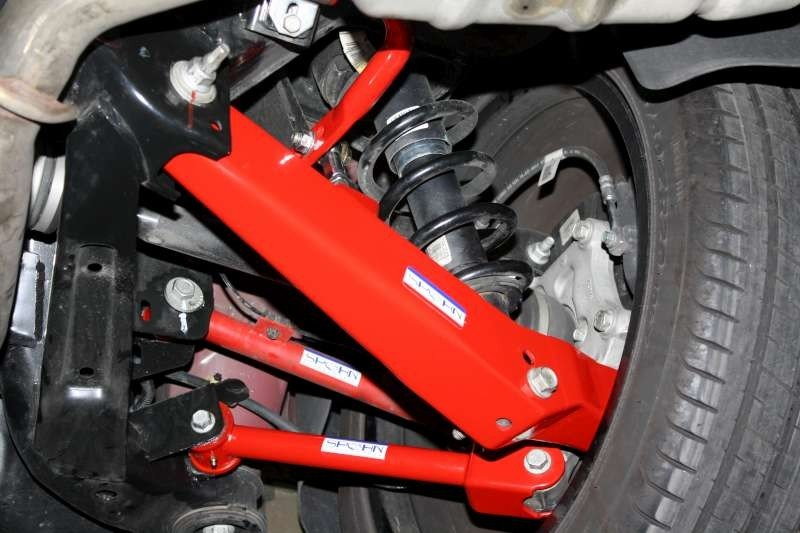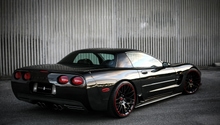Corvette: Suspension Modifications
The Corvette's suspension is a masterpiece that's up to the challenges any driver can throw at it. However, if you want to improve on what is already great, read on to see where to begin.
This article applies to the C5, C6 and C7 Corvette (1997-current).
When addressing suspension needs and wants, one of the first things to decide is how you plan on using your Corvette. Is this a daily driver where you would simply like to feel more of the road and be able to corner harder on that occasional spirited drive through the mountains? Or perhaps this will be a weekend warrior car used at the drag strip but seldom driven on the street. Maybe you autocross or road your Corvette some weekends but also enjoy taking your significant other to dinner after you have it all cleaned up on warm evenings. Whatever you decide your car is going to be used for and what your suspension needs, you are going to have to find that fine balance between being comfortable on the street and also able to get that performance edge over stock.
Keep in mind that even though we are going to discuss areas that need addressed and some aftermarket parts to help your Corvette meet your high expectations, it will eventually, in the end, be about dialing in and taking the time to fine tune your suspension to fit your unique needs. Simply opening up your checkbook and throwing parts at your car (no matter how good they are) will not keep you happy in the end. It will require seat and wrench time to find that perfect balance between comfort and performance.
Tires
Let's begin with the obvious; or maybe not for some. Typically, Corvettes will be purchased new with Goodyear Run Flats. Although good for what they are intended for (especially since the Corvette doesn't have a spare), the OEM tires can wheel-hop under hard acceleration and not grip as well in corners as other offerings from companies such as Hankook, Michelin, and Hoosier. Do your homework on what you want out of a tire, and invest in the best that you can afford. Having the proper tire will go miles in ensuring that the car sticks when you plant your right foot no matter if it is in a straight line or around a tight corner!

Shocks
Whether you choose an all-out drag shock from a company like QA1 to help transfer the weight to plant the rear tires or contact Pfadt for their street/track coil over kit, having the option to dial-in and fine tune your suspension to your individual taste may be the most important component in the suspension. Most of the aftermarket shocks you research are going to be true bolt-in systems where fabrication and welding will not be required. Determine what your goals are, and search some reputable forums to decide what other Corvette enthusiasts are having success with before you spend your hard earned money on the latest and greatest system.

Sway Bars and End Links
As good as the factory sway bars are, they can be improved upon. Companies like Pfadt make larger diameter and stiffer sway bars as well as end links with high-articulation rod ends that are a vast improvement over the stock offerings. Better sway bars will have more control over body roll, and improved end links will control tire contact better both in drag and road race applications. Again, just as with the shocks, sway bars and end links are direct bolt-in replacements for factory items.

Control Arm Bushings
Factory control arm bushings are designed to offer a comfortable, quiet ride yet are prone to wear over time, decreasing performance. Aftermarket bushings are solid in nature, removing flex from the suspension, which allows the tires to contact the road better, and controlling wheel-hop.

Related Discussion
- Suspension Package - CorvetteForum.com






